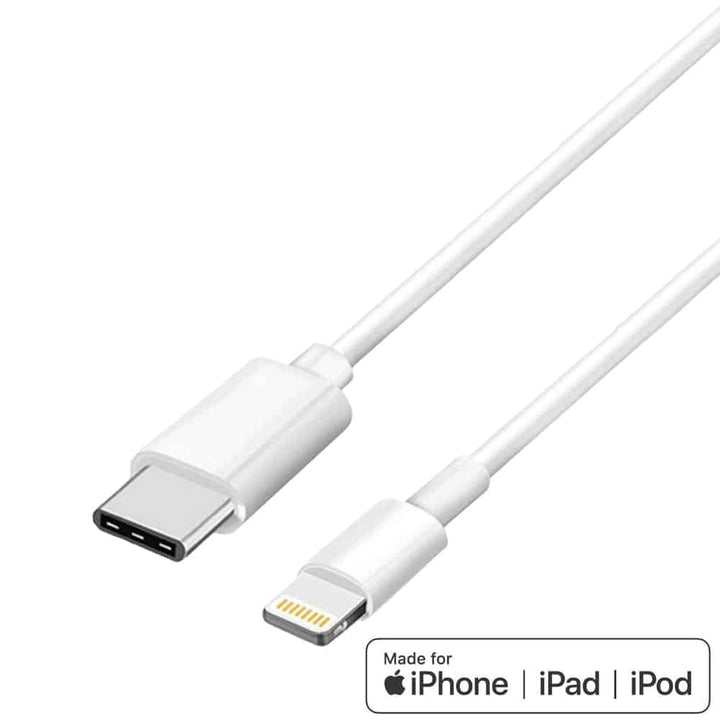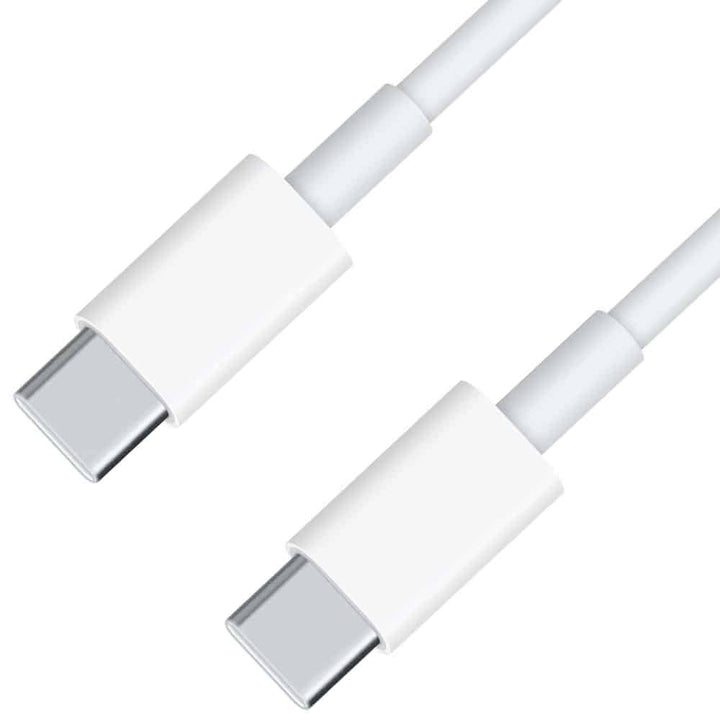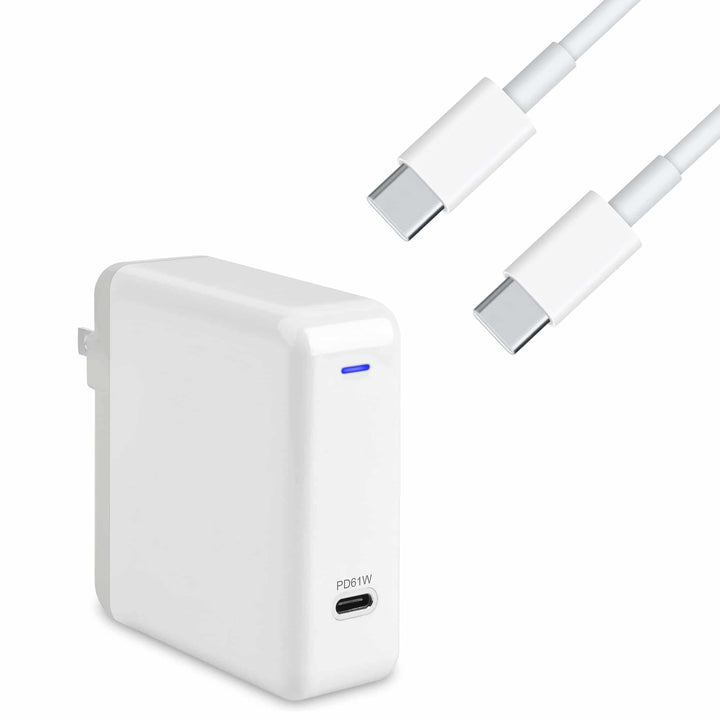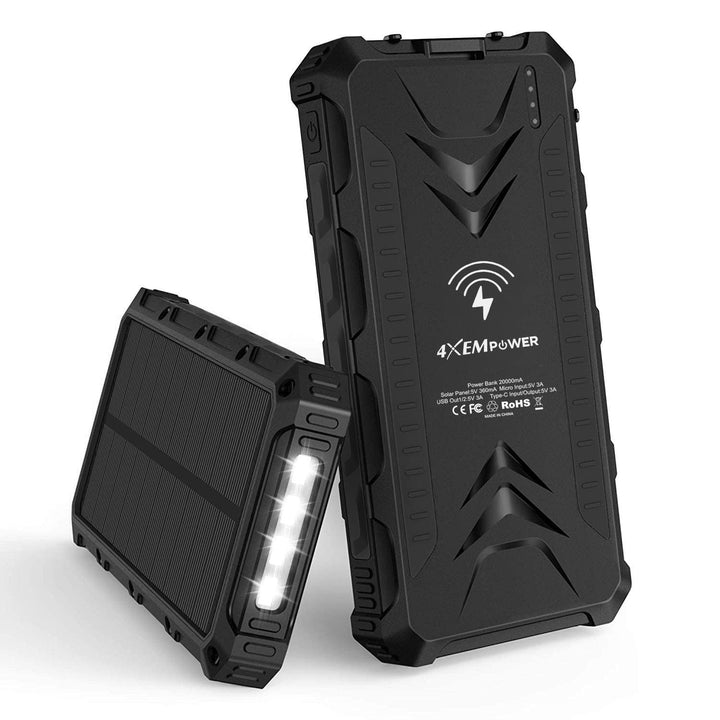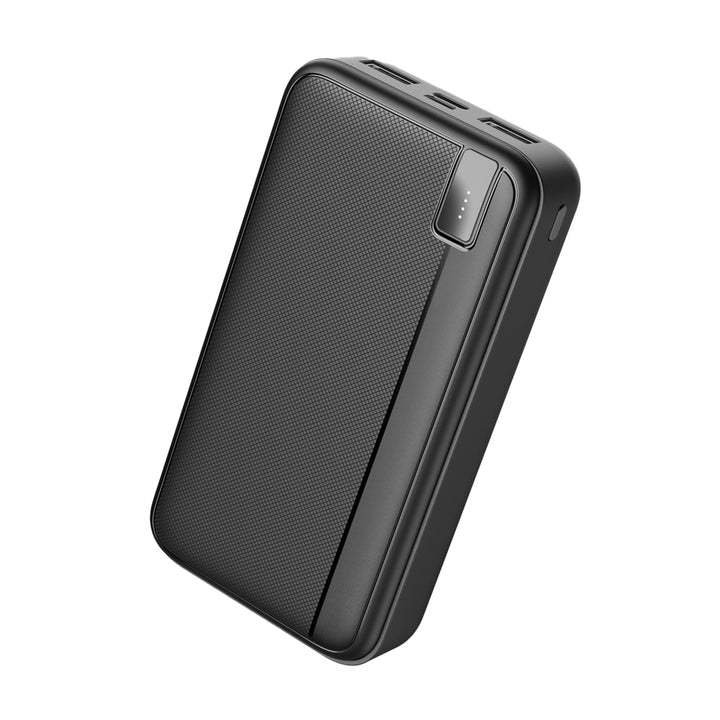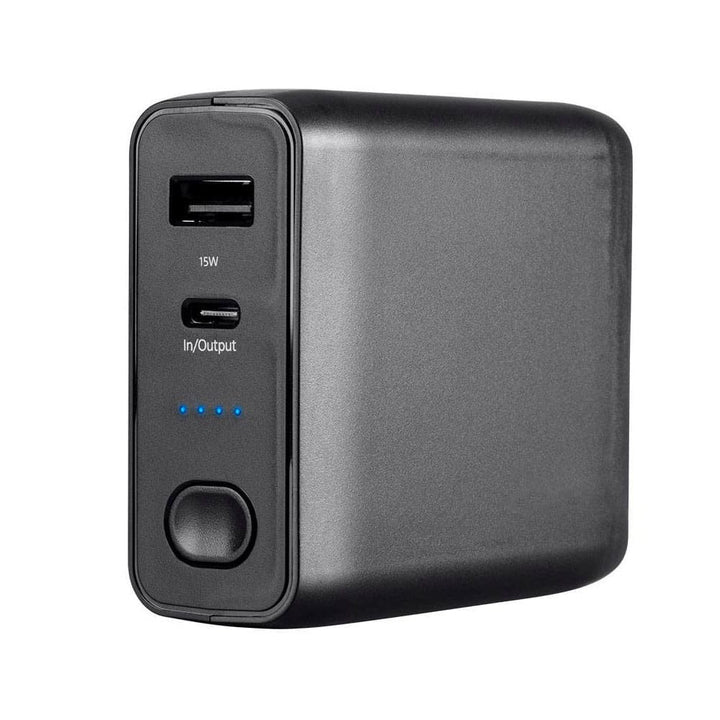How to Choose the Right Charger for Your Device

With so many charging options available today, it can be difficult to know which charger is the best fit for your device. Whether you're powering up a smartphone, tablet, laptop, or other tech gadgets, the right charger can make a significant difference in both charging speed and device longevity. In this guide, we’ll explore the key factors to consider when choosing the ideal charger for your device.
1. Check Your Device’s Charging Port
The first step in selecting the right charger is identifying the type of charging port your device uses. Different devices come with various ports, including USB-C, Lightning, micro-USB, and more. USB-C is becoming the industry standard due to its fast charging capabilities and universal compatibility, but some older devices might still use micro-USB or proprietary charging ports.
For example, if you're using an iPhone, you’ll need a Lightning cable (unless it’s the iPhone 15 or 16, which uses USB-C). On the other hand, most Android devices and newer laptops now rely on USB-C for fast and efficient charging.
2. Charging Speed Matters: Amp and Wattage
Once you know the type of port your device has, it's important to consider the charging speed. Chargers come with different output levels, measured in amperes (amps) and watts (watts = volts x amps). A higher wattage means a faster charge, but your device must be compatible with high-speed charging to benefit from this.
For instance, if you're charging a smartphone, a charger with 18W to 30W of output will likely offer fast charging. For laptops, however, you'll need a charger with at least 45W to 100W, depending on the device’s power requirements. Always check your device’s recommended charging wattage to avoid potential damage from an overly powerful charger.
3. Fast Charging Technology: What to Look For
Fast charging has become an essential feature for many modern devices, reducing the time it takes to get your device up and running. However, not all fast charging is created equal. Different brands use proprietary fast charging technologies, such as Qualcomm Quick Charge, Power Delivery (PD), or OnePlus Warp Charge.
For example, if you're using an iPhone or a recent iPad, look for chargers that support USB Power Delivery (PD) for the quickest charging experience. Android phones, on the other hand, often use Qualcomm Quick Charge technology. Understanding your device's supported fast charging standard will ensure you choose a compatible charger.
4. Consider Portability
If you're always on the go, the portability of your charger is crucial. Compact chargers with foldable plugs or multi-port charging stations are great options for travelers. Power banks are also an excellent choice if you need to charge your devices when you’re away from an outlet.
For those with multiple devices, a multi-port charger can be a lifesaver, allowing you to charge several gadgets simultaneously without needing multiple plugs. However, be mindful of the output capacity to ensure all devices charge efficiently at the same time.
5. Safety Features and Durability
Lastly, ensure the charger you select is equipped with safety features such as overcurrent protection, overcharging prevention, and temperature regulation. High-quality chargers will often include built-in safety mechanisms to protect both your device and the charger from potential damage.
Durability also matters, especially for chargers that you’ll use frequently. Opt for chargers with reinforced cables or braided designs to prevent wear and tear over time.
